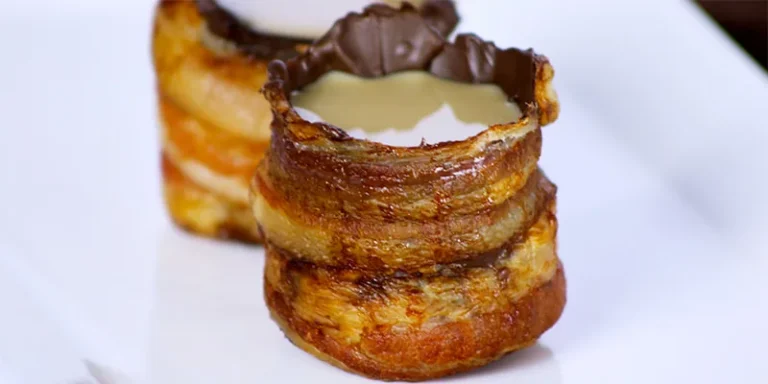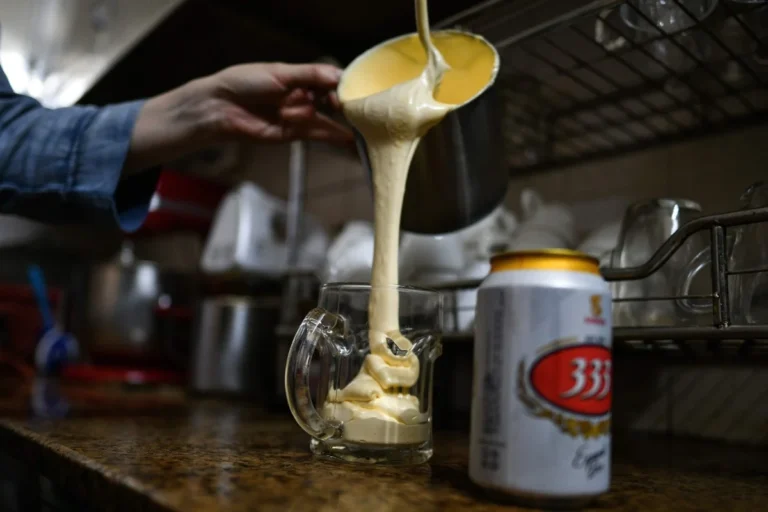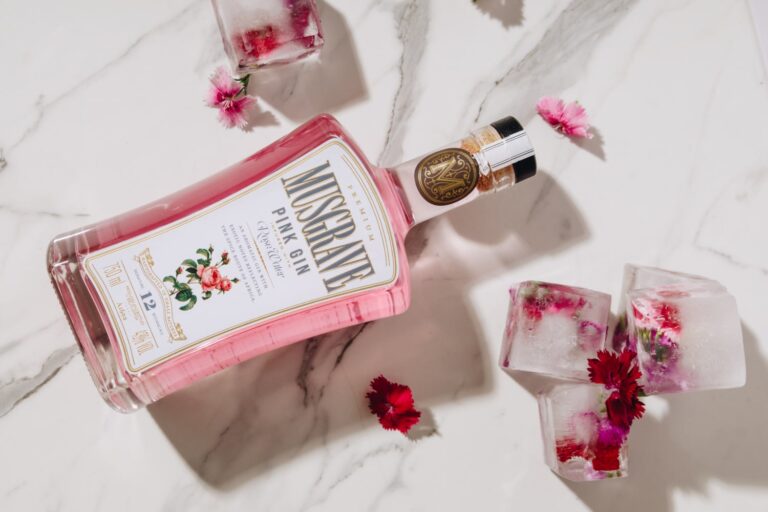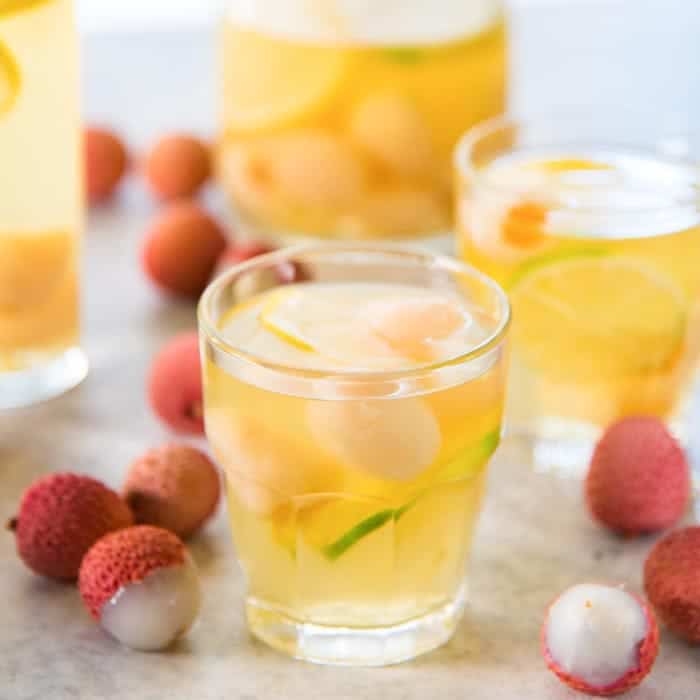How To Pick An Exotic Whisky That Tastes Fancy
Finding an exotic whisky that tastes fancy is a provocative journey, one that beckons with the promise of rich and seductive flavors that tease but never quite please. Just like that Sugar Daddy from Sandton, who much like a finely crafted “fancy” whisky, leaves you longing for just one more sip…

Learning how to pronounce words like Bruichladdich and Allt-a-Bhainne is a thrill on its own, as each drop on the lips unlock a secret language that defines the essence of whisky.
Discover a seductively exotic world of whisky, where countless brands await your palate, each promising a distinct allure. Venture down dodge alleys in search of secret speakeasies to indulge in an even broader spectrum of these golden spirits, crafted through intricate combinations of rare ingredients, innovative fermentation techniques, precise distillation, and sensual aging methods. Like a exotic dancer performing a lap dance, the sensory overload whisky brings to the table is enough to make you want to splash some cash on top shelf whiskies; and women, if that tickles your fancy.
To make your selection easier, here are some helpful tips and tricks to guide you in choosing the finest dram that won’t break the bank, unlike one naughty night at Mavericks.
Pick Your “Type”

How exotic and fancy do you wanna go? Whiskey is a generic term used to describe spirits made from grain mash. Due to the differing types of grains and distillation methods employed, whiskies exhibit a wide range of flavors, aromas, and colors, making each variety uniquely distinctive.
A specific set of rules is followed to ensure each whisky is crafted according to established standards. For example, Scotch Whisky must be made in Scotland. Typically, it will be made using malted barley with other grains in a copper pot still, with the finished product being matured for at least 3 years. Scotch whisky will allow the barley to sprout before it is dried with peat moss smoke — giving it a stronger flavour.
Irish Whiskey (note the different spelling of “whisky”) typically uses unmalted barley which is not dried with peat moss smoke. This gives it a neutral flavour compared to Scotch Whisky, which is one of the reasons why Irish whiskey is often used as a base spirit in cocktails. Irish Whiskey is usually distilled three times, while Scotch Whisky is usually distilled twice, which makes Irish Whiskey much more smoother on the palate.
Whiskey (with an “e”) is now produced in many countries around the world, with South Africa, Australia, Japan, and the United States making some particularly good Whiskies. As with exotic dancers, you may discover that you have a preference for a wee dram from a certain part of the world. This makes it easier to choose that exotic whisky that looks fancy for your drinks trolley while enabling you to explore and purchase from distilleries that excel in your favorite styles.
Know The Difference Between Single Malts and Blends

One of the most significant factors that influence the taste of different whiskies is how they are blended. All whiskies are either single malt or blended.
A single malt whisky is made from water and malted barley in a pot still. It will come from a single distillery but may contain whisky from multiple barrels or batches. The goal of single malt whisky makers is to create a drink with very distinctive flavours that exemplify the style of a single distillery.
A blended whisky contains two or more single malt whiskies produced at different distilleries. They are blended to create a new flavour profile. The manufacturer’s goal is to create a smooth and versatile whisky.
Some people like the distinctive flavours of a single malt, while others like a more subtle and smooth blended whisky. The more you try, the more you’ll buy! It’s like sending your palate on a wild whisky safari, craving the best of both worlds, turning choosing an exotic whisky into a fancy dilemma. Before long, you’ll be sipping on single malts and blended whiskies, all while keeping your wallet happy. Who says you can’t have your dram and drink it too?
Pick An Older Exotic Whisky

Unlike those exotic dancers, whisky generally improves with age, which is why most distilleries will place their whisky into a timber barrel for at least 3 years. During this time, the whisky will seep into the pores of the wood, absorbing some of its flavour. After some time in the barrel, the alcohol will begin to evaporate, which leads to the whisky having a mellower flavour. Whiskies that are older tend to be more enjoyable and have a more nuanced flavour profile. Always opt for the older whisky, if you can afford it.
Get The Effect Of Different Barrels On Whisky
The type of wood used to make the barrels that the whisky ages in will dramatically affect the flavour of the whisky. You can use this knowledge to choose a whisky that you will enjoy. For example:
- European oak
The whiskey will usually develop hints of sherry, dried fruits (raisins, sultanas), spices (cinnamon, wood, nutmeg, orange). - American oak
The whiskey will usually develop hints of vanilla, honey, nuts (almond, hazelnut), butterscotch, and ginger. - Japanese oak
The whiskey will usually develop hints of vanilla, honey, floral aromas, fresh fruit (apples and pears), and spices (nutmeg and cloves)
Whisky barrels are usually seasoned by having sherry or bourbon placed in them for a few years before being used for whisky. This will help to impart more flavour into the whisky. Many whiskey producers, like Jack Daniel’s and Three Ships, will also char their barrels to change the character of the wood. Charred wood helps to purify the whiskey and gives it a darker or smokey flavour.
Get To Know The Regions Within Scotland

If you are drinking Scotch Whisky, it’s important to understand the differences between distilleries in each region of the country. The knowledge will help you choose an exotic whisky you fancy. The regions are as follows:
- Highland
This is the largest whisky-producing region in Scotland — known for full-bodied, spicy whiskies with a deep smokey flavour. - Lowland
There are three distilleries in the Lowland — Glenkinchie, Bladnoch, Auchentoshan. They tend to be light-bodied, malty, and gentle compared to Highland whiskies. - Speyside
Whiskies produced in this region tend to be softer, fruity, and mellow. - Campbeltown
Campbeltown whiskies are usually medium-bodied, peaty, and salty. - Islay
Whiskies from this region are usually heavily peated and strong in flavour. - Island
Whiskies produced in the islands of Scotland tend to be similar to the one from the Islay region, but somewhat milder.
For more details check out bespokepost.com.
Go For An All-Natural Exotic Whisky
Whisky’s dark colour is a by-product of it spending a lot of time in timber barrels. Sadly, some cheap ass whisky producers will add colourants to their products to ensure they appear the same in colour. This can taint the flavour of the whisky so be sure to check the label to see if any artificial ingredients have been added.
Educate Yourself With Reviews
There are many excellent whisky review websites online that make it easy to choose a good whisky, our personal favourite is WhiskeyBon.com as they review things in an easy to understand way. They often feature in-depth whisky reviews performed by professional tasters and often feature communities to discuss specific whiskies. Join one of these whisky communities to receive kick-ass whisky recommendations tailored to your palate and preferences. These online platforms provide valuable insights and honest whisky reviews, designed to seductively guide you toward that elusive and exquisitely fancy bottle of Scotch your palate has been craving.
Drink The Exotic Whisky Correctly, FFS!
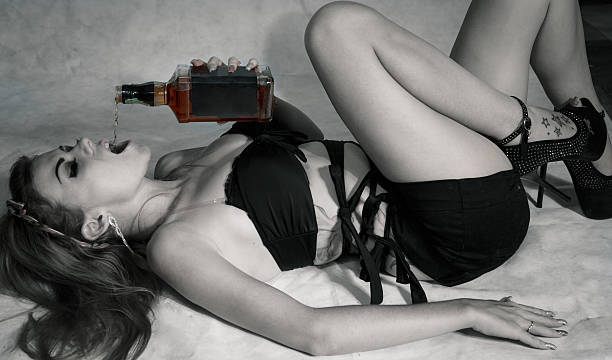
It is difficult to accurately taste and assess a whisky unless you are drinking it in the correct manner. The best way to sip and savour a whisky is:
Step 1: Pour it
Pour a small amount into a whisky snifter, tulip-shaped glass that traps and concentrates the aroma of the whisky.
Step 2: Swirl it
Swirl the whisky around the snifter to thinly coat the sides of the glass. This gives the spirit time to breathe. Look at the colour of the whisky as it moves around.
Step 3: Dilute it (optional)
Many whisky drinkers like to add a small amount of water to their whisky. Don’t feel obliged to do the same, as this reduces the alcohol volume in the glass. If you intend to dilute your whisky, continue to add small amounts until smelling the whisky does not cause a burning sensation in your nose. This optional step is particularly useful for newbies to the whisky scene, as it makes the tipple more palatable.
If you are drinking very old whisky, please, for heaven’s sake, do not dilute it. Show some respect! The time in the barrel will have reduced the alcohol content and mellowed the flavour, so don’t even think about it!
Step 4: Let it sit or chill it (optional)
If you have decided to add water to your whisky to obtain a weaker flavour, you might also want to let it sit for 10 minutes. This will give the water time to interact with the whisky, mellowing the flavour even more.
If you are new to whisky, you might also like to chill the whisky slightly. Ideally, this should be done with whisky stones or in a refrigerator so it does not dilute the whisky.
Step 5: Nose The Whisky
Bring the glass up to you nose and give it a good sniff. The first time you smell it, you will mostly notice alcohol. Take a breath of fresh air then smell it again. This time, you will notice the aromas present in the whisky. Repeat this process a few more times and attempt to identify the many smells and flavours the whisky contains. Some characteristics you may notice:
- Woodiness
This is one of the easiest aromas to identify. You will probably notice the smell of oak. - Fruitiness
Most whiskies will have hints of different kinds of fruit. This often includes cherry, dried apples, or apricots. - Smokiness
Malted barley usually adds a hint of smokiness to whisky. - Sweetness
Most whiskies will be quite sweet, with hints of vanilla, toffee, honey, or caramel. Adding water to a whisky and bringing out these incredible flavours is one of the most enjoyable parts of finding a good whisky.
Step 6: SWALLOW it!

Finally, it’s time to taste and swallow it! Take a tiny sip of the whisky, allowing it to coat the tongue. Notice how it feels in your mouth. Pick out as many flavours as you can. If it’s still too bitter or strong, maybe it’s a sign that whisky and whiskey aren’t your soulmate. Perhaps it’s time to break up with the palate stripper and find a new love, like a refreshing gin or a sweet rum. Keep in mind that life is too short to suffer through a relationship, which you are paying for, with something that makes your face pucker like a loose goose from Bellville.



